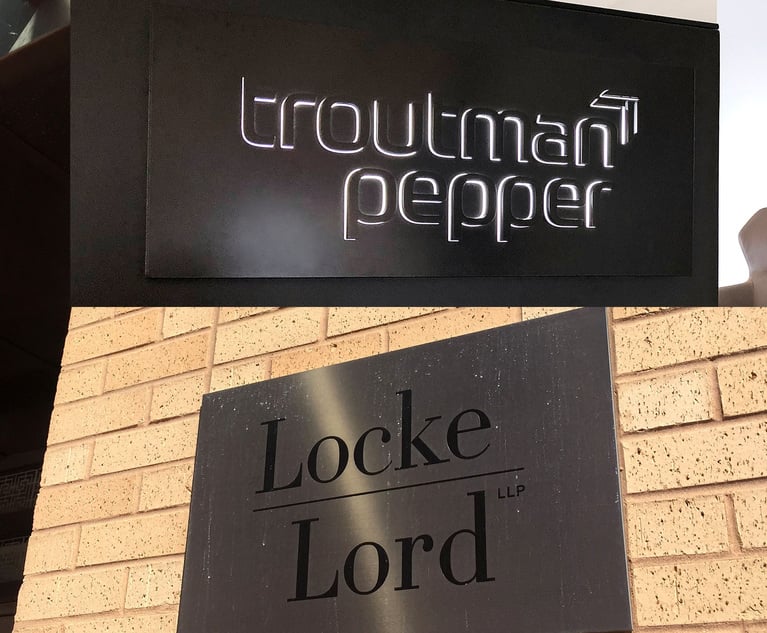Electronic discovery – or e-discovery – is a longstanding part of civil procedure in which both sides of litigation may request information from each other as they prepare for trial. In the US, each side does most of the discovery for themselves and are required to automatically disclose supporting evidence without explicit requests from the other side. E-discovery and its monitoring is a complex, time-consuming and expensive task, due to the volumes of data buried in the corporate computing environment.
Now there is a new wrinkle: the US Federal Rules of Civil Procedure (FCRP), which govern discovery, are being altered. With effect from 1 December, 2006, the FCRP outline explicit discovery procedures for electronically-stored information (ESI). Instead of electronic data being considered fuzzy and hard to understand, it will be a tangible form of evidence, with organisations expected to locate and understand their electronic information.








